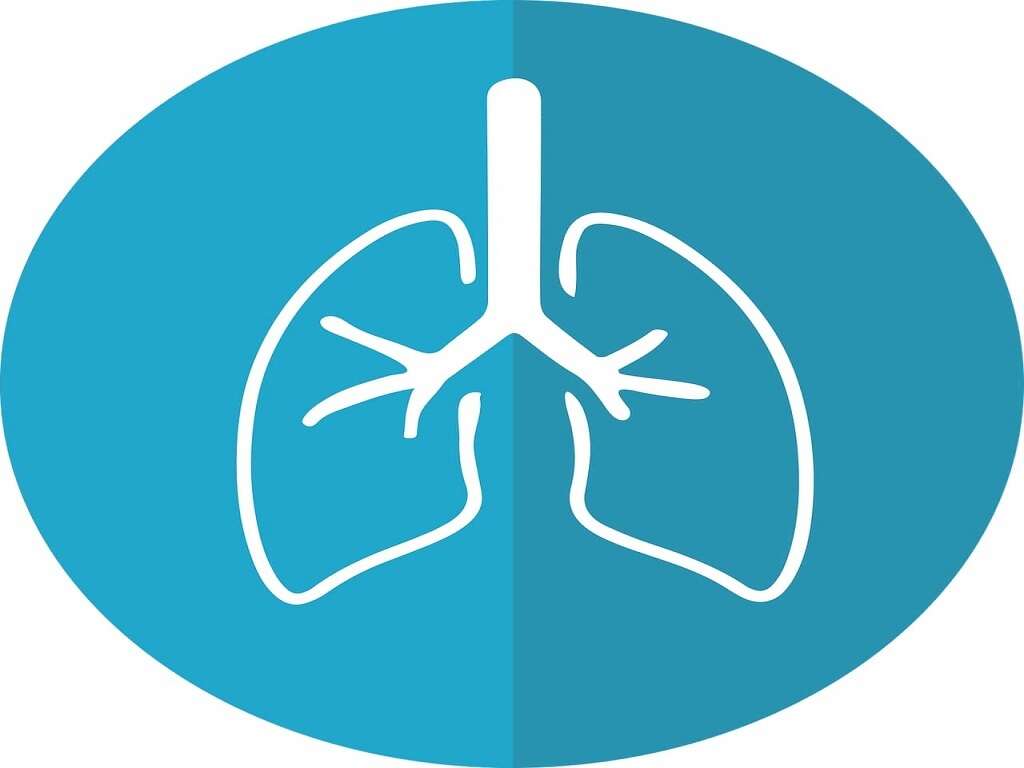Early Flu Symptoms
 Article Sources
Article Sources
- 1. Boktor SW, Hafner JW. Influenza. [Updated 2020 May 26]. In: StatPearls [Internet]. Treasure Island (FL): StatPearls Publishing; 2020 Jan-. Available from: https://www.ncbi.nlm.nih.gov/books/NBK459363/
- 2. “Cold Versus Flu.” Centers for Disease Control and Prevention, Centers for Disease Control and Prevention, 30 Dec. 2019, www.cdc.gov/flu/symptoms/coldflu.htm.
- 3. Eccles, Ron. “Understanding the symptoms of the common cold and influenza.” The Lancet. Infectious diseases vol. 5,11 (2005): 718-25. doi:10.1016/S1473-3099(05)70270-X
- 4. Evans, Sharon S et al. “Fever and the thermal regulation of immunity: the immune system feels the heat.” Nature reviews. Immunology vol. 15,6 (2015): 335-49. doi:10.1038/nri3843
- 5. “Flu Symptoms & Complications.” Centers for Disease Control and Prevention, Centers for Disease Control and Prevention, 18 Sept. 2019, www.cdc.gov/flu/symptoms/symptoms.htm.
- 6. 6 North County Health Services, 18 June 2020, www.nchs-health.org/the-meaning-behind-different-types-of-coughs/.
2. Fever or Feeling Feverish
Fevers are a sign of infection or inflammation. Fevers occur when our immune system triggers a part of our brain to increase our internal temperature in order to reduce the chances of a pathogen being able to survive within the body, among other complex immunity responses. In some cases, a 1-4 Fahrenheit degree increase can actually improve chances of survival of the person, particularly with the flu.
That being said, an uncontrolled fever is not beneficial especially if the person has high levels of inflammation, an injury to their nervous system, or sepsis. Fevers that are too high can cause tissue damage or seizures. Fevers are an amazing adaptation that help to keep us safe from pathogens but when uncontrolled can cause serious harm.
Advertisement











